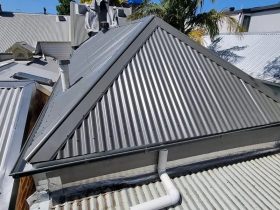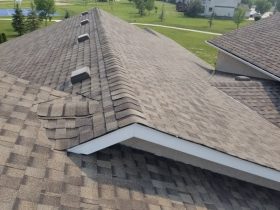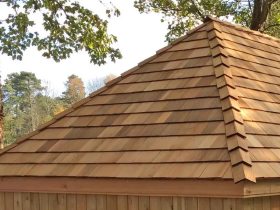Roofing materials play a crucial role in protecting buildings from various weather conditions. The choice of roofing material is influenced by the climate of the region where the building is located. Different climates require different roofing materials to ensure durability, energy efficiency, and overall performance.
Factors to Consider
- Temperature: In regions with extreme temperatures, roofing materials need to have high thermal resistance to maintain indoor comfort and reduce energy costs.
- Humidity: High humidity levels can lead to mold and mildew growth, so choosing moisture-resistant materials is essential.
- Precipitation: Areas with heavy rainfall or snowfall require waterproof and snow-resistant roofing materials to prevent water damage and leaks.
- Wind: Wind-resistant materials are crucial in windy regions to prevent roof damage and uplift during storms.
- Sun Exposure: UV-resistant roofing materials are necessary in sunny climates to prevent fading and deterioration over time.
Popular Roofing Materials by Climate
Hot and Dry Climates
In arid regions with hot and dry climates, materials like clay tiles and metal roofs are commonly used due to their heat resistance and durability.
Cold and Snowy Climates
In areas with cold winters and heavy snowfall, materials such as asphalt shingles and metal roofs with snow guards are preferred for their snow-shedding capabilities and strength under snow loads.
Humid and Rainy Climates
In regions with high humidity and frequent rainfall, materials like slate and concrete tiles are popular choices for their moisture resistance and longevity.
Wind-Prone Climates
In windy areas, materials like standing seam metal roofs and clay tiles are often used for their wind resistance and ability to withstand strong gusts.
Choosing the right roofing material based on the climate of the region is essential for the longevity and performance of the roof. By considering factors such as temperature, humidity, precipitation, wind, and sun exposure, property owners can select the most suitable roofing material that meets the specific requirements of their location.





